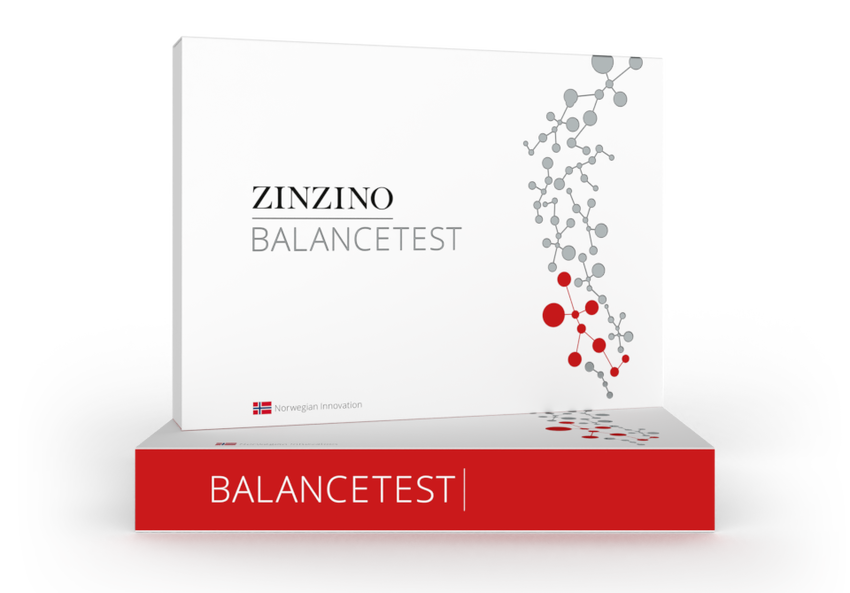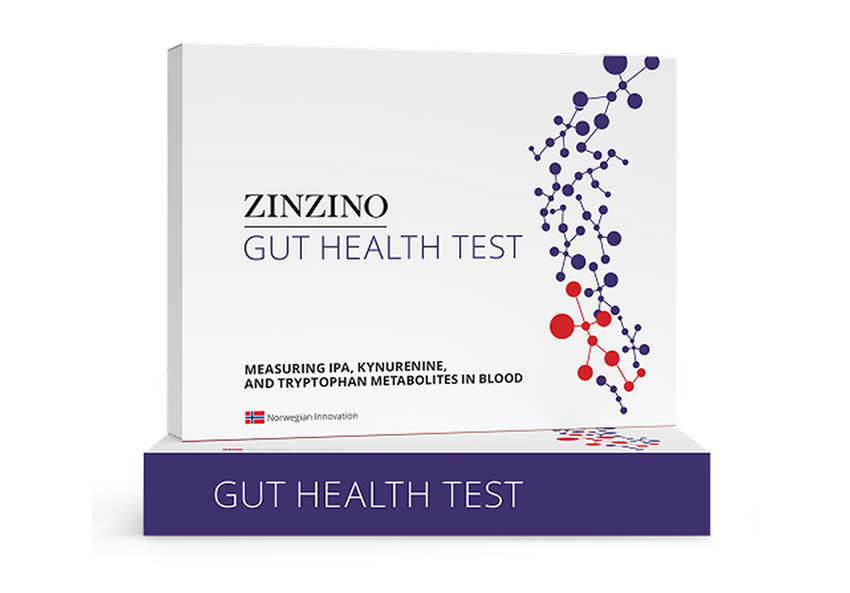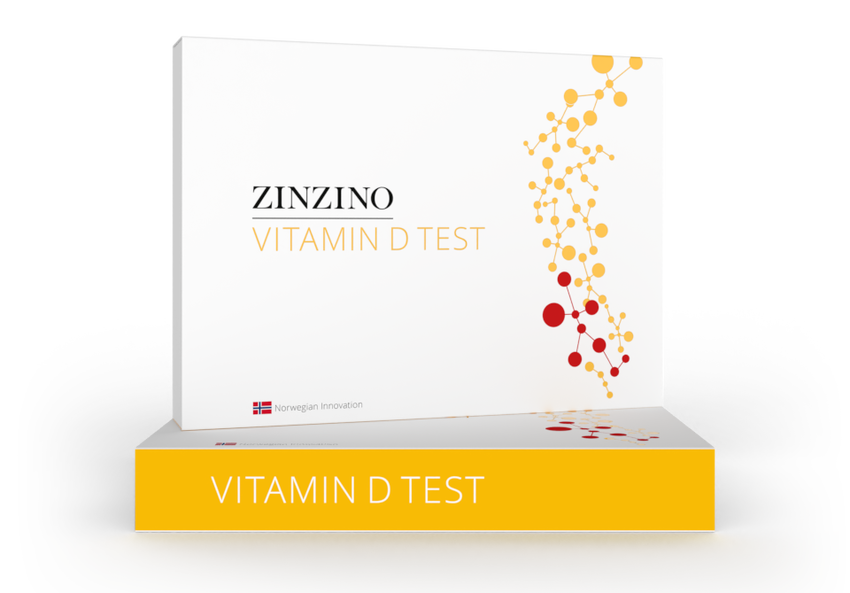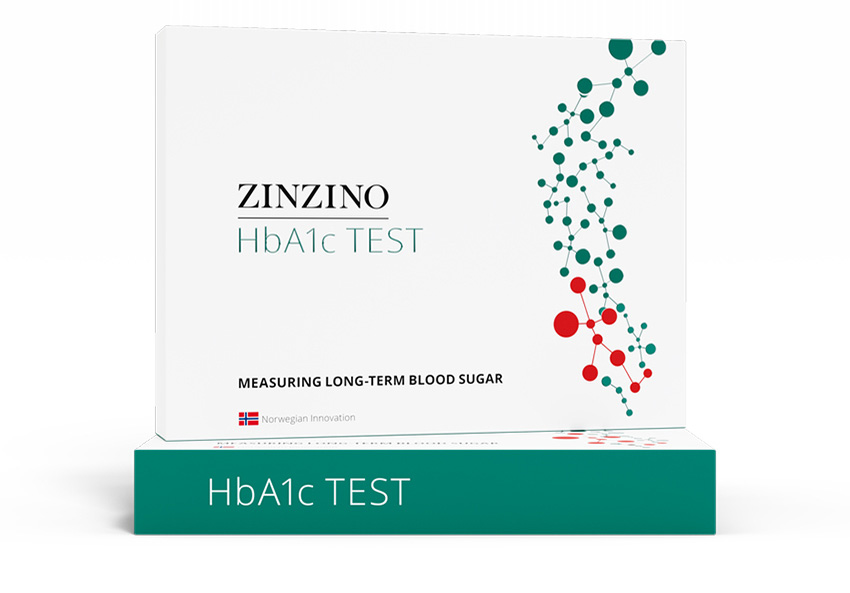- 97% of us have an Omega-6:3 balance that is out of balance
- More than 1 billion people worldwide are experiencing a vitamin D deficiency
- Many people have too high blood sugar levels that could result in future developing of diabetes.
Change test ID

Change test ID

Change test ID

Change test ID

Delete this test
Incorrect test ID
Are you sure you want to delete this test?
Information on personal data processing
All other data handled by us during the test procedure is kept anonymous, including the test result. You have the right to request access to your personal data and to request its deletion at any time. You may also opt-out of receiving notifications.
You can contact us here with any questions: customer.global@zinzino.com
Let’s start!

Your result is:
We got more information to show you...

Are you sure?


What country are you from?

 Back
Back

Please, enter your age, weight & height
 Back
Back

Please, select your sex
 Back
Back

Are you currently pregnant or exclusively breastfeeding?
 Back
Back

What month of pregnancy are you in?
 Back
Back

Have you consumed any Omega-3 supplements recently?
 Back
Back

Which option best describes your diet?
(I eat everything)
(I don’t eat meat)
(I only eat fish and seafood)
(I don’t eat any animal products)
 Back
Back

Join Our Groundbreaking Test-Based Nutrition Study!
Important Information:
Screening Process: You'll begin by answering 6 brief questions to determine your suitability.
Suitability Notice: Only those who meet our specific study criteria will receive further details via email.
If Selected: You will be contacted with instructions and, as a thank you for your participation, you will receive a complimentary HbA1c test along with an additional test kit for the research and a questionnaire containing 15 more questions via post. Please follow the provided instructions carefully and return both the completed test kit and questionnaire as directed.
Confidentiality: All information you provide and any data we collect will be handled in a strictly confidential manner. Your data will be de-identified so that your test results cannot be linked to your personal information and will be used solely for research purposes.
Voluntary Withdrawal: You may withdraw from the study at any time by sending an email to research@zinzino.com.
Would you like to contribute to shaping the future of test-based nutrition?
 Back
Back

Thank you for your interest and for playing a vital role in advancing nutrition research!
Have you been taking Xtend or Xtend+, according to the recommended dose (at least 2 tablets per day), for at least the past 2 weeks?
 Back
Back

Have you been taking Zinobiotic+ according to the recommended dosage (2 scoops per day) for at least the past 2 weeks?
 Back
Back

How would you describe your BalanceOil+ consumption over the past 120 days?
 Back
Back

Over the next 30 days, do you plan to maintain the same consumption pattern for your Zinzino Health Protocol products as you reported above? (For example, if you currently do not use a product, select 'Yes' if you plan to continue not using it.)"
 Back
Back

Have you taken antibiotics in the past month?
 Back
Back

Have you taken laxatives in the past month?
 Back
Back

Please provide your email and address below so we can contact you and send out test-kits if you are selected for the study.
 Back
Back

Ownership and use of anonymized test data
What kind of Omega-3 supplement?
 Back
Back

Let’s start!

 Not at all. All blood samples are handled anonymously by a trusted third party and treated with strict confidentiality. Your response here is used for statistical purposes only, helping our scientists better understand the role of diet and lifestyle as they develop our products.
Not at all. All blood samples are handled anonymously by a trusted third party and treated with strict confidentiality. Your response here is used for statistical purposes only, helping our scientists better understand the role of diet and lifestyle as they develop our products.
Are you sure?


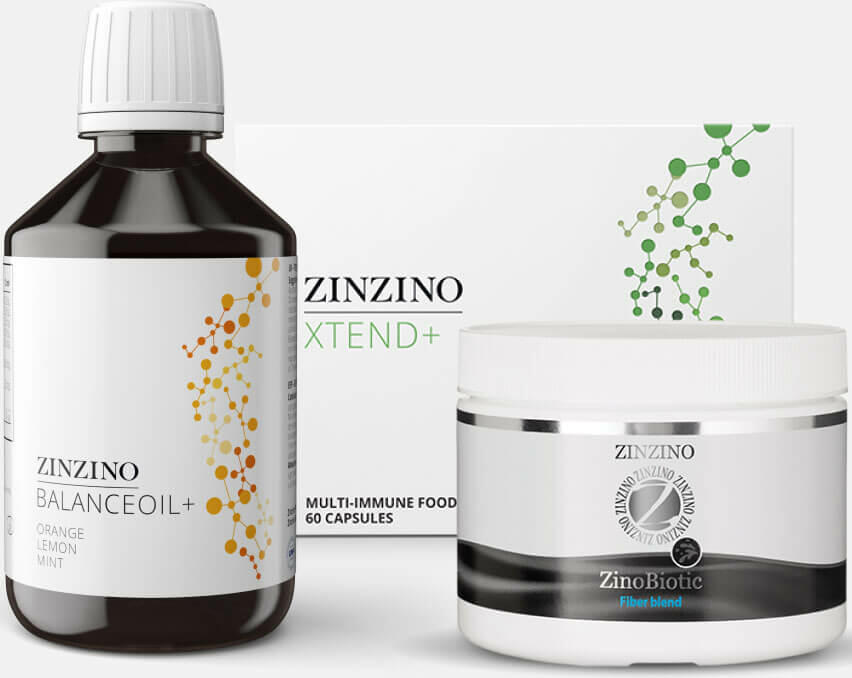
What country are you from?
 Back
Back

Please, enter your age, weight & height
 Back
Back

Please, select your sex
 Back
Back

Are you currently pregnant or exclusively breastfeeding?
 Back
Back

What month of pregnancy are you in?
 Back
Back

Have you consumed any Omega-3 supplements recently?
 Back
Back

Which option best describes your diet?
(I eat everything)
(I don’t eat meat)
(I only eat fish and seafood)
(I don’t eat any animal products)
 Back
Back

Join Our Groundbreaking Test-Based Nutrition Study!
Important Information:
Screening Process: You'll begin by answering 6 brief questions to determine your suitability.
Suitability Notice: Only those who meet our specific study criteria will receive further details via email.
If Selected: You will be contacted with instructions and, as a thank you for your participation, you will receive a complimentary HbA1c test along with an additional test kit for the research and a questionnaire containing 15 more questions via post. Please follow the provided instructions carefully and return both the completed test kit and questionnaire as directed.
Confidentiality: All information you provide and any data we collect will be handled in a strictly confidential manner. Your data will be de-identified so that your test results cannot be linked to your personal information and will be used solely for research purposes.
Voluntary Withdrawal: You may withdraw from the study at any time by sending an email to research@zinzino.com.
Would you like to contribute to shaping the future of test-based nutrition?
 Back
Back

Thank you for your interest and for playing a vital role in advancing nutrition research!
Have you been taking Xtend or Xtend+, according to the recommended dose (at least 2 tablets per day), for at least the past 2 weeks?
 Back
Back

Have you been taking Zinobiotic+ according to the recommended dosage (2 scoops per day) for at least the past 2 weeks?
 Back
Back

How would you describe your BalanceOil+ consumption over the past 120 days?
 Back
Back

Over the next 30 days, do you plan to maintain the same consumption pattern for your Zinzino Health Protocol products as you reported above? (For example, if you currently do not use a product, select 'Yes' if you plan to continue not using it.)"
 Back
Back

Have you taken antibiotics in the past month?
 Back
Back

Have you taken laxatives in the past month?
 Back
Back

Please provide your email and address below so we can contact you and send out test-kits if you are selected for the study.
 Back
Back

Do you want a notification when your test results are available?
 Back
Back

Ownership and use of anonymized test data
Activate notifications
 Back
Back

What kind of Omega-3 supplement?
 Back
Back

Your test results are not yet available
Thank you for your answers!

We are terribly sorry!
Your form is already sent.
Do you have more questions please contact customer support
Customer support
Your sample contained too little blood
Your sample was missing in the envelope
Let’s start!

 Not at all! If you don’t want to answer the questions prior to getting your status of vitamin D, you can choose to skip this step.
Not at all! If you don’t want to answer the questions prior to getting your status of vitamin D, you can choose to skip this step.
Are you sure?


What country are you from?
 Back
Back

Please, enter your age, weight & height
 Back
Back

Please, select your sex
 Back
Back

Have you consumed any supplements containing vitamin D recently?
 Back
Back

Which option best describes your diet?
(I eat everything)
(I don’t eat meat)
(I only eat fish and seafood)
(I don’t eat any animal products)
 Back
Back

Have you taken any Zinzino Vitamin D Test before?
 Back
Back

We want your help
 Back
Back

Do you want a notification when your test results are available?
 Back
Back

Please, enter your previous Vitamin D Test ID
 Back
Back

Enter if you made any CHANGES in daily dosage since your previous test?
Fill in your increase or decrease of Vitamin D supplements
 Back
Back

How often did you take the supplements?
ZinoShine+
days per week
Xtend/Xtend+
days per week
BalanceOil+/Vegan/AquaX
days per week
Protect+
days per week
Essent+ (softgels)
days per week
Another supplier
days per week
 Back
Back

Ownership and use of anonymized test data
Activate notifications


 Back
Back

Select products
| ZinoShine+ |
0
|
/times per week |
| Xtend/Xtend+ |
0
|
/times per week |
| BalanceOil+/Vegan/AquaX |
0
|
/times per week |
| Protect+ |
0
|
/times per week |
| Essent+ (softgels) |
0
|
/times per week |
| From another supplier - /times per week |
0
|
/times per week |
 Back
Back

Your result is:
We got more information to show you...

Your test results are not yet available
Thank you for your answers!
Let’s start!

 Not at all! If you don’t want to answer the questions prior to getting your status of vitamin D, you can choose to skip this step.
Not at all! If you don’t want to answer the questions prior to getting your status of vitamin D, you can choose to skip this step.
Are you sure?


What country are you from?
 Back
Back

Please, enter your age, weight & height
 Back
Back

Please, select your sex
 Back
Back

Have you consumed any supplements containing vitamin D recently?
 Back
Back

Which option best describes your diet?
(I eat everything)
(I don’t eat meat)
(I only eat fish and seafood)
(I don’t eat any animal products)
 Back
Back

Have you taken any Zinzino Vitamin D Test before?
 Back
Back

We want your help
 Back
Back

Do you want a notification when your test results are available?
 Back
Back

Please, enter your previous Vitamin D Test ID
 Back
Back

Enter if you made any CHANGES in daily dosage since your previous test?
Fill in your increase or decrease of Vitamin D supplements
 Back
Back

How often did you take the supplements?
ZinoShine+
days per week
Xtend/Xtend+
days per week
BalanceOil+/Vegan/AquaX
days per week
Protect+
days per week
Essent+ (softgels)
days per week
Another supplier
days per week
 Back
Back

Ownership and use of anonymized test data
Activate notifications


 Back
Back

Select products
| ZinoShine+ |
0
|
/times per week |
| Xtend/Xtend+ |
0
|
/times per week |
| BalanceOil+/Vegan/AquaX |
0
|
/times per week |
| Protect+ |
0
|
/times per week |
| Essent+ (softgels) |
0
|
/times per week |
| From another supplier - /times per week |
0
|
/times per week |
 Back
Back

Your result is:
We got more information to show you...

Your test results are not yet available
Thank you for your answers!
We are terribly sorry!
Your form is already sent.
Do you have more questions please contact customer support
Customer support
Your sample contained too little blood
Your sample was missing in the envelope
Let’s start!
Your test results are available

Are you sure?



What country are you from?
Fill in your details
Sex at birth
How many servings of fiber-rich foods (e.g., whole grains, legumes, fruits, vegetables) do you consume per day?
Are you currently taking any fiber supplements?
Tell us more about your ZinoBiotic+ consumption
How many scoops do you consume per day?
How many days per week do you consume it?
For how many months have you been consuming this product?
Tell us more about your other fiber supplement consumption
How many grams of fiber do you consume per day?
How many days per week do you consume it?
For how many months have you been consuming this product?
Have you been taking any of the following supplements regularly (at least 4 days/week) over the past 120 days?
Zinzino products
Other brands
Did you take the test after an overnight fast (at least 10 hours)?
Non-fasted results
As stated in the instructions, we recommend taking the test after an overnight fast for accurate and comparable results.
Your current results will still provide useful directional insights, but the specific cut-offs and target ranges apply only to fasted samples.
Results taken non-fasted may also be harder to compare with your next test.
We need your help
How often do you consume fermented foods (e.g., yoghurt, kefir, sauerkraut, kimchi with live cultures)?
What dietary pattern do you follow most of the time?
How often do you engage in physical activity (moderate or intense exercise)?
How many hours of sleep do you typically get per night?
How would you describe your current stress level?
Felt unable to control important things
Felt confident about handling personal problems
Felt things were going your way
Felt difficulties piling up beyond control
Have you taken a Zinzino test in the past 6 months? Fill in your code where applicable
Gut Health Test

Test ID:
Result:
Date:
Country:
Sex:
Balance Test

Test ID:
Result:
Date:
Country:
Sex:
Vitamin D test

Test ID:
Result:
Date:
Country:
Sex:
Hba1C test

Test ID:
Result:
Date:
Country:
Sex:
Have you had a common cold/flu in the past 14 days?
Have you had a diagnosed infection in the past month?
When did you finish your last antibiotic course?
Do you have any diagnosed chronic condition(s)?
Do you have any current digestive issues?
Are you currently pregnant?
Notification
Activate notification (optional)
We care about your data
Thank you for your answers!
Your test results are not yet available
Thank you for your answers!

Your test results are not yet available
Thank you for your answers!
We are terribly sorry!
Your form is already sent.
Do you have more questions please contact customer support
Customer support
Your sample contained too little blood
Your sample was missing in the envelope














Thank you! We have received your answers
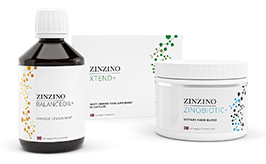



 Previous
Previous


 Previous
Previous


 Previous
Previous


 Previous
Previous


 Previous
Previous


 Previous
Previous


 Previous
Previous









 Previous
Previous



Date:
Country:
Sex:

 Previous
Previous


 Previous
Previous



Date:
Country:
Sex:

 Previous
Previous


 Previous
Previous


 Previous
Previous


 Previous
Previous


 Previous
Previous


 Previous
Previous


 Previous
Previous


 Previous
Previous


 Previous
Previous


 Previous
Previous


 Previous
Previous


 Previous
Previous


 Previous
Previous


 Previous
Previous


 Previous
Previous


 Previous
Previous


 Previous
Previous





 Previous
Previous












































We are terribly sorry!
Your form is already sent.
Do you have more questions please contact customer support
Customer support
Your sample contained too little blood
Your sample was missing in the envelope
According to EFSA:
1. DHA contributes to the maintenance of normal brain function
2. EPA and DHA contribute to the normal function of the heart
According to EFSA, vitamin D:
3. contributes to normal absorption/utilization of calcium and phosphorus
4. contributes to normal blood calcium levels
5. contributes to the maintenance of normal bones
6. contributes to the maintenance of normal muscle function
7. contributes to the maintenance of normal teeth
8. contributes to the normal function of the immune system
9. has a role in the process of cell division




